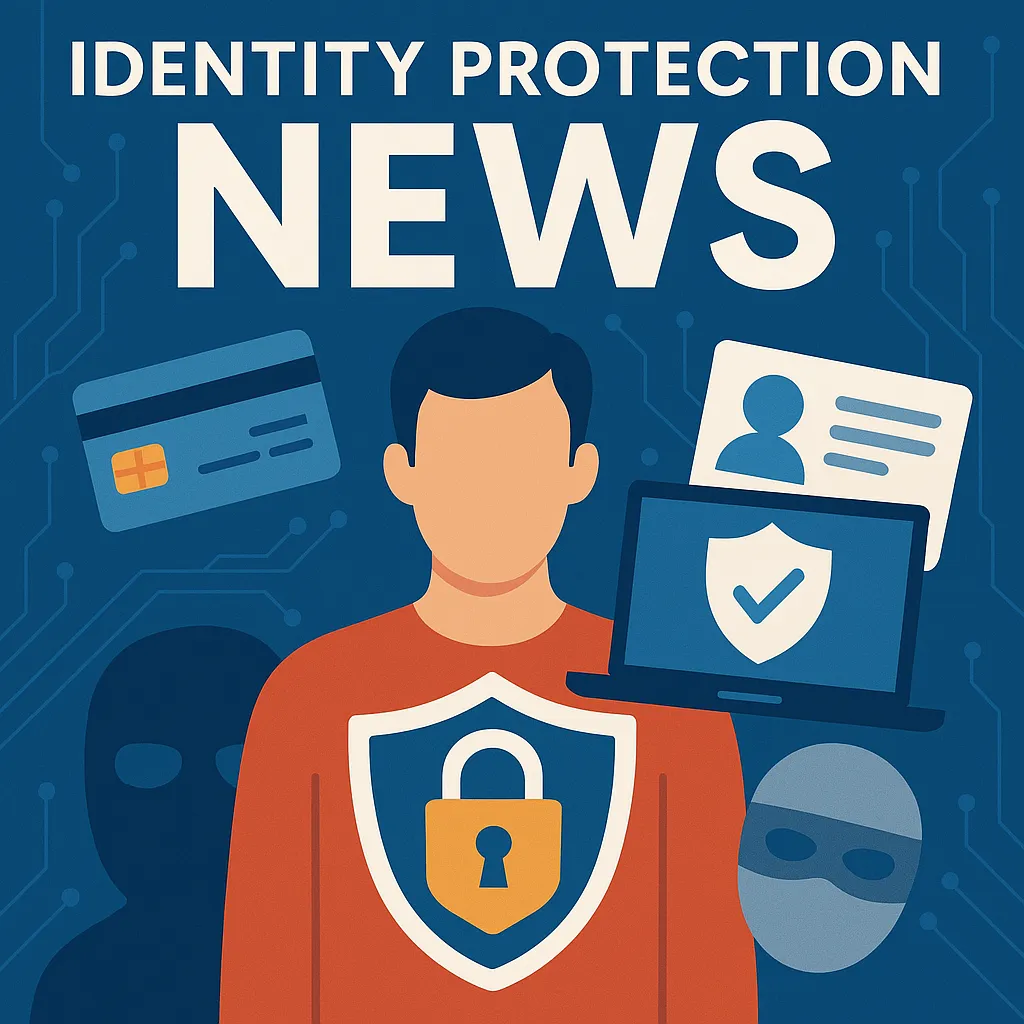The Rising Threat of Identity Fraud: A Global Perspective
Identity fraud, an issue that transcends borders and affects millions globally, continues to evolve with technological advancements. This criminal activity involves the unauthorized use of someone else's personal data in a fraudulent way, which can lead to significant financial and personal repercussions for victims. This blog post explores recent trends in identity fraud, the utilization of new technologies such as deepfakes, and provides actionable advice on safeguarding against these threats.
Understanding Identity Fraud
Identity fraud involves the theft and misuse of personal information. This can include names, social security numbers, credit card numbers, and other data. Criminals use this information to perpetrate various crimes, such as opening new accounts, making fraudulent purchases, or even misrepresenting personal identities to commit more complex frauds.
Global Trends in Identity Fraud
Recent reports indicate a sharp increase in identity fraud cases worldwide. For instance, identity fraud has seen a dramatic rise of 137% in Latin America and the Caribbean in 2024. Mexico, in particular, noted an average annual increase of 53% (source). This spike is attributed to sophisticated techniques like the use of deepfakes, which are synthetic media in which a person's likeness is replaced with someone else's using artificial intelligence.
Technological Advancements and Their Impact
Technologies such as AI have a dual nature—they can be used for both securing and breaching defenses. Deepfakes are a pertinent example, increasingly utilised in various fraudulent activities including identity theft. These AI-generated images or videos can be indistinguishably similar to real footage, making it challenging for individuals and businesses to discern the authenticity of the content they encounter.
Case Studies Highlighting the Risks
Various regions have reported significant incidents of identity fraud. In Australia, driver's licenses have become a prime target for identity thieves, acting as a 'golden ticket' for committing a range of fraudulent activities (source). Similarly, there have been reports of identity fraud linked to fuel laundering at borders, demonstrating how these crimes can support larger criminal operations (source).
Prevention and Protection Strategies
To protect against identity fraud, individuals and organizations must adopt robust security practices. These include monitoring financial accounts regularly, investing in identity theft protection services, and being skeptical of unsolicited requests for personal information. Awareness and education on recognizing fraudulent schemes are also crucial.
In conclusion, the rise in identity fraud calls for heightened vigilance and more sophisticated cybersecurity strategies. As criminals continue to adopt advanced technologies, so too must individuals and corporations bolster their defenses to protect sensitive personal and financial information.

